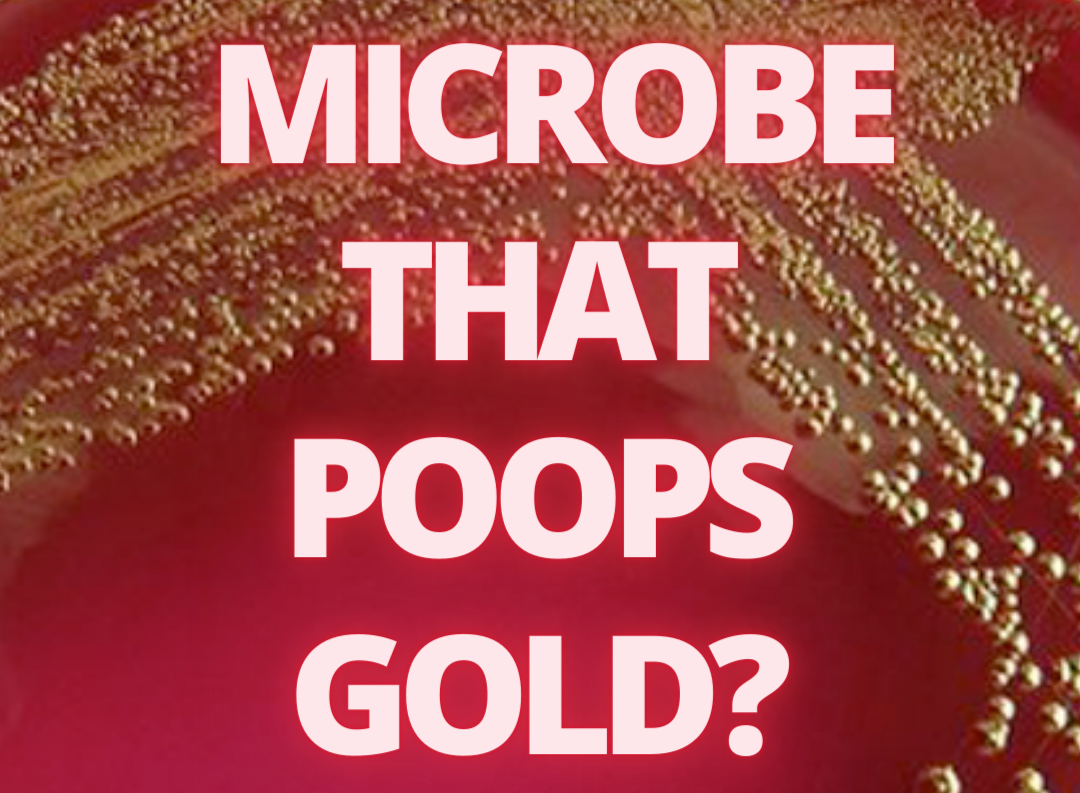Human placental lactogen (hPL)
Human placental lactogen (hPL), also called human chorionic somatomammotropin (HCS), is a polypeptideplacental hormone, the human form of placental lactogen (chorionic somatomammotropin). Its structure and function are similar to those of human growth hormone. It modifies the metabolic state of the mother during pregnancy to facilitate the energy supply of the fetus.
Human chorionic gonadotropin (hCG)
Human chorionic gonadotropin (hCG) is a hormone for the maternal recognition of pregnancy produced by trophoblast cells that are surrounding a growing embryo (syncytiotrophoblast initially), which eventually forms the placenta after implantation.Cole LA (2009). "New discoveries on the biology and detection of human chorionic gonadotropin". Reprod. Biol. Endocrinol. 7: 8. doi:10.1186/1477-7827-7-8. PMC 2649930. PMID 19171054.Gregory JJ,
Prostaglandins (PG)
The prostaglandins (PG) are a group of physiologically active lipid compounds called eicosanoids "Eicosanoid Synthesis and Metabolism: Prostaglandins, Thromboxanes, Leukotrienes, Lipoxins". themedicalbiochemistrypage.org. Retrieved 2018-09-21. having diverse hormone-like effects in animals. Prostaglandins have been found in almost every tissue in humans and other animals. They are derived enzymatically from the fatty acid arachidonic acid.Ricciotti E, FitzGerald GA (May 2011). "Prostaglandins
BODYSNATCHING THIEVES
See Something, Say Something
Bacterial biofilms on gold grains
Implications for geomicrobial transformations of gold
What Is A Siderophore?
Siderophores (Greek: "iron carrier") are small, high-affinity iron-chelating compounds that are secreted by microorganisms such as bacteria and fungi. They help the organism accumulate iron. Although a widening range of siderophore functions is now being appreciated. Siderophores are among the
Delftia acidovorans
Delftia acidovorans is a Gram-negative, motile, non-sporulating, rod-shaped bacterium known for its ability to biomineralize gold and bioremediation characteristics.
Cupriavidus metallidurans
C. metallidurans plays a vital role, together with Delftia acidovorans, in the formation of gold nuggets. It precipitates metallic gold from a solution of gold(III) chloride, a compound highly toxic to most other microorganisms.
The drug phencyclidine (PCP or ‘Angel Dust’) antagonizes glutamic acid non-competitively at the NMDA receptor
The drug phencyclidine (more commonly known as PCP or 'Angel Dust') antagonizes glutamic acid non-competitively at the NMDA receptor. For the same reasons, dextromethorphan and ketamine also have strong dissociative and hallucinogenic effects. Acute infusion of the drug LY354740 (also known as eglumegad, an agonist of the metabotropic glutamate receptors2 and 3) resulted in a marked diminution of yohimbine-induced stress response in bonnet macaques
Oxalyldiaminopropionic acid (ODAP) is a structural analogue of the neurotransmitter glutamate found in the grass pea Lathyrus sativus
Oxalyldiaminopropionic acid (ODAP) is a structural analogue of the neurotransmitter glutamate found in the grass pea Lathyrus sativus. It is the neurotoxin responsible for the motor neuron degeneration syndrome lathyrism. Woldeamanuel, Yohannes W.; Hassan, Anhar; Zenebe, Guta (2011-11-12). "Neurolathyrism: two Ethiopian case reports and review of the literature". Journal of Neurology. 259 (7): 1263–1268. doi:10.1007/s00415-011-6306-4. ISSN 0340-5354. PMID 22081101. S2CID 27543906. Sources ODAP
The sweet pea is a flowering plant in the genus Lathyrus in the family Fabaceae (legumes) 🧪☣️☠️⚗️🤢
The sweet pea, Lathyrus odoratus, is a flowering plant in the genus Lathyrus in the family Fabaceae (legumes), native to Sicily, southern Italy and the Aegean Islands. Euro+Med Plantbase It is an annual climbing plant, growing to a height of 1–2 metres (3 ft 3 in – 6 ft 7 in), where suitable support is available. The leaves are pinnate with two leaflets and a
Tryptophan tryptophylquinone (TTQ) formation
Tryptophan tryptophylquinone (TTQ) is an enzyme cofactor, generated by posttranslational modification of amino acids within the protein. Methylamine dehydrogenase (MADH), an amine dehydrogenase, requires TTQ for its catalytic function. Davidson, V. L.; Liu, A. (2012). "Tryptophan tryptophylquinone biosynthesis: A radical approach to posttranslational modification, by Victor L. Davidson1 and Aimin Liu2,
Kaede (protein)
Kaede is a photoactivatable fluorescent protein naturally originated from a stony coral, Trachyphyllia geoffroyi. Its name means "maple" in Japanese. With the irradiation of ultraviolet light (350–400 nm), Kaede undergoes irreversible photoconversion from green fluorescence to red fluorescence. Kaede is a homotetrameric protein with the size of 116 kDa. The tetrameric structure was deduced as its primary structure
Nucleic acid secondary structure
Interactive image of nucleic acid structure (primary, secondary, tertiary, and quaternary) using DNA helices and examples from the VS ribozyme and telomerase and nucleosome. (PDB: ADNA, 1BNA, 4OCB, 4R4V, 1YMO, 1EQZ) Nucleic acid secondary structure is the basepairing interactions within a single nucleic acid polymer or between two polymers. It can be represented as a list of bases which are paired in
Structural motif
In a chain-like biological molecule, such as a protein or nucleic acid, a structural motif is a common three-dimensional structure that appears in a variety of different, evolutionarily unrelated molecules. Johansson, M.U. (23 July 2012). "Defining and searching for structural motifs using DeepView/Swiss-PdbViewer". BMC Bioinformatics. 13 (173): 173. doi:10.1186/1471-2105-13-173. PMC 3436773. PMID 22823337. A structural motif does not have to be
Turn (biochemistry)
For beta turns, see Beta turn. A turn is an element of secondary structure in proteins where the polypeptide chain reverses its overall direction. Definition According to one definition,see Rose et al. 1985 in the Referencesa turn is a structural motif where the Cα atoms of two residues separated






